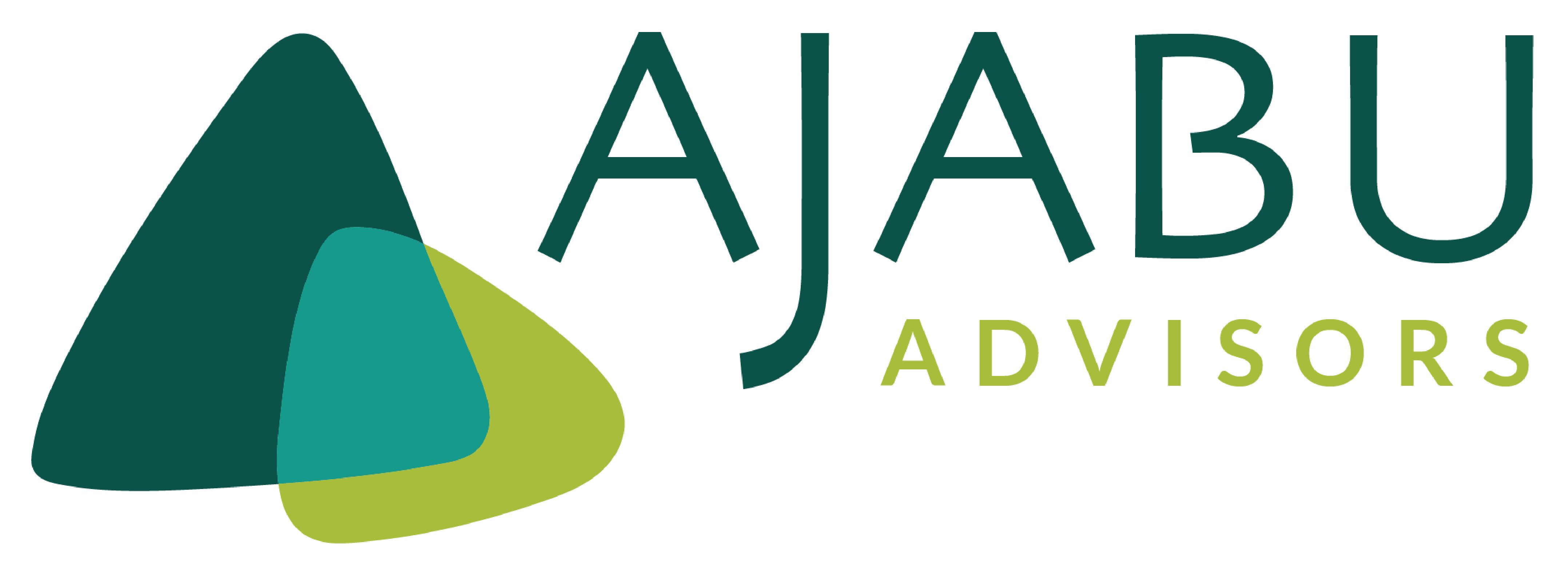The lines between “donors” and “grantees” in the NGO world have become blurred in recent years. Partnership often involves money, and money always affects relationships.
For most international networks, Southern partners are limited in capacity by the lack of access to funding that Northern partners have. Many networks try to balance this asymmetry by channeling funds from Northern to Southern partners. Some do it by paying funds directly; others use independent grantmaking organizations to do it.
There are advantages and disadvantages to both approaches. This document will briefly review them.
1. Advantages of Separating Technical Assistance and Advocacy from Grantmaking
Reduces issues from changed relationships – The primary concern about combining program functions and grantmaking is that the money will change relationships within the network. Southern partners realize that it can be costly to oppose ideas or approaches of Northern partners, and frank discussion of internal problems or issues can affect an organization’s bottom line. A horizontal, democratic partnership can be clouded by the need to get more funds from the Northern donor.
Specialized skills and organizational tools for grantmaking – An organization that only makes grants is able to specialize in grantmaking. Staff, information technology, financial systems, and other management systems can be set up to do one thing well and efficiently. Overheads can be reduced since there are fewer programmatic expenses to explain to funders.
Engagement with other funders – As a funder, a specialized grantmaking organization can speak to other funders as a peer. Contacts and discussions at many donor affinity groups – the International Human Rights Funders Group, Grantmakers without Borders, the European Foundation Center, the African Funders Network, etc. – can greatly increase the odds of influencing the behavior of other funders. This access has been critical for some of the leaders in this field of social change grantmaking, and has even resulted in increased commitment to social change grantmaking on the part of more mainstream funders.
2. Disadvantages of Separating Technical Assistance and Advocacy from Grantmaking
Changes relationships – As soon as money is added to a partner relationship, the relationship must change. Partners constantly wonder if they are being honest with each other, and if commitment to the cause comes from conviction or convenience, and if the passion will dry up as soon as the money does. Networks must work through this issue just as they do all the others involved in power relations: who sets the agenda, how is governance set up across the network, who decides what the network’s messages are on which issues, etc. Money is just one more of these, and must be handled in the same way. Formalizing structures and procedures, religiously maintaining transparency, decentralizing and collectivizing decision making, and respecting regional autonomy can all help.
Increases overall costs – While specializing functions among organizations can reduce overheads, overall the movement spends more on its own organizations. There are economies of scale involved in reducing the number of organizations that must administer, fundraise for, and oversee all the functions that a movement must perform.
Adds a layer of bureaucracy – As soon as another organization is added to the process, all the issues of communication, shared understanding, and organizational interaction are more complicated. Rather than one organization developing its understanding and relationship with another, a third organization is added, which increases the effort involved to reach common understandings, perform tasks, and resolve conflicts.
Harder to understand results and adjust grantmaking – In working in partnership, organizations develop an analysis of what is happening, who is doing what, and what needs to happen next. When partners are able to apply this constantly moving understanding to grantmaking, money is used most effectively. When grantmaking is done by another partner, this understanding is diluted and starts to run behind current developments.
Competition for fundraising – As soon as another organization enters the field, donors have one more potential grantee to consider. It is important to note that this does not have to be a zero sum game: groups like the Global Fund for Women have a) mobilized funds that otherwise would not go to international women’s issues, and b) have provided a vehicle that makes it far easier for both individuals and institutions to fund cutting edge work all over the world. In the Global Greengrants Fund world, partners in the network have actually been able to increase the funding available to each other since the network has a) made them all more visible and b) referred funders to their partners, taking advantage of independent but overlapping networks.
3. How to deal with issues raised
From these points above, there are clearly pros and cons of each approach. On the pro side of separating functions, the advantage of access to funder circles counts for a lot. And reducing the role of money in relationships is attractive, though networks must still deal with the other power issues, so the problem does not disappear altogether. On the con side, the reduction of activist control over this critical tool is a problem. And the separation of understanding of what is happening from funding decisions can reduce the effectiveness of grantmaking. Both systems have been effective in the environment, human rights, and women’s movements. The essential element of both is that it is important for movements to increase their ability to fund themselves, whether the funds come from advocacy organizations or specialist grantmakers who see themselves as part of the movement itself.
There are many movement-oriented grantmakers who are dealing with these issues daily, and increasingly they are based in Southern countries. Funders like Trust Africa in Senegal, Akiba Uhaki in Kenya, the African Women’s Development Fund in Ghana, and The Samdhana Institute in Southeast Asia are all developing capacity to support organizations and movements.
